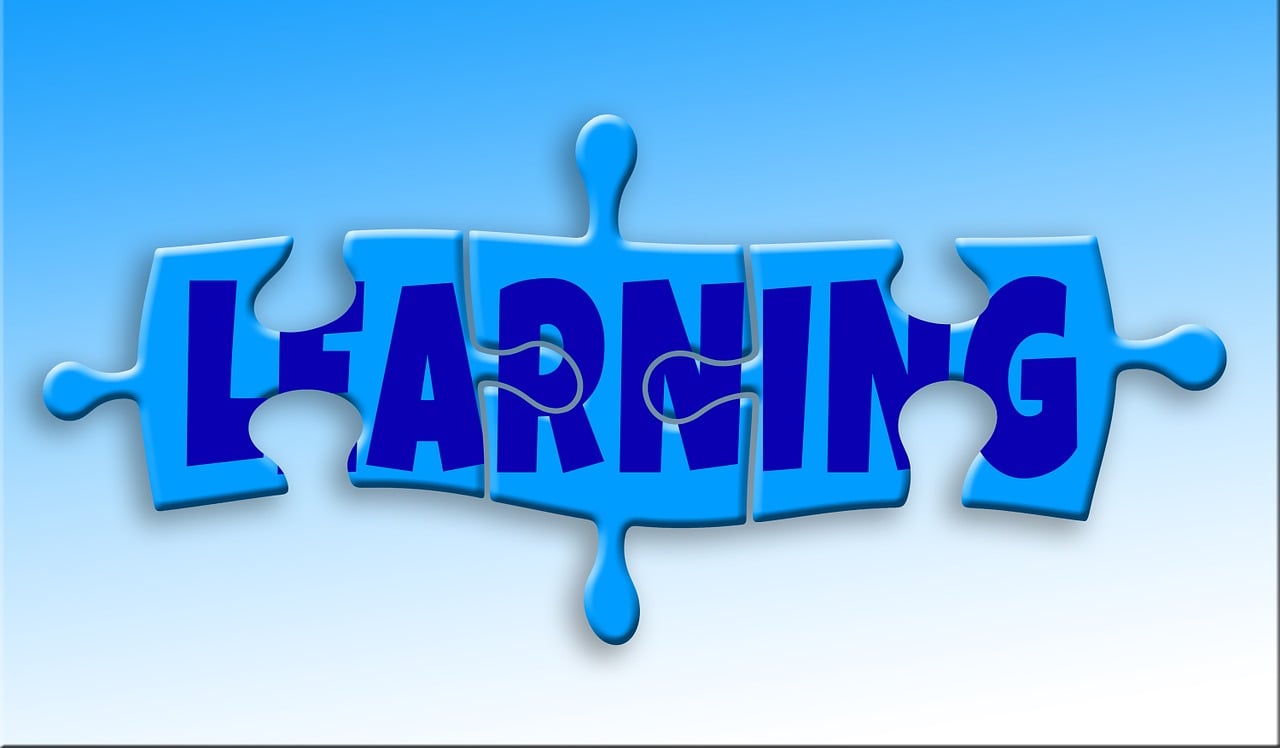The Rise of Online Learning Platforms
Traditional education systems often face challenges in keeping up with the rapidly changing needs of the modern world. The rigid structure and curriculum of traditional schooling may not always cater to the diverse learning styles and preferences of students, leading to disengagement and lack of motivation. Moreover, the one-size-fits-all approach in traditional classrooms can hinder individualized learning experiences and inhibit the cultivation of critical thinking skills.
Another challenge in traditional education systems is the limited access to resources and opportunities for students in underserved communities. Disparities in funding, quality of teachers, and infrastructure can exacerbate inequalities in educational outcomes, creating barriers for socioeconomic mobility. Additionally, the emphasis on standardized testing and grades in traditional educational models may prioritize rote memorization over holistic understanding, potentially stifling creativity and innovation in students.
Advantages of Online Learning Platforms
Online learning platforms offer flexibility to learners by allowing them to access educational content anytime, anywhere. This convenience caters to individuals with busy schedules or those who prefer self-paced learning. By eliminating the need for physical attendance, online platforms enable students to balance their studies with work, family responsibilities, or other commitments.
Additionally, online learning encourages a more personalized approach to education. Learners have the freedom to choose courses that align with their interests and career goals, leading to a more engaging and customized learning experience. With a diverse range of resources such as videos, quizzes, and interactive modules, online platforms cater to different learning styles and preferences, making education more accessible and inclusive.
Evolution of Online Learning Technology
In recent years, online learning technology has rapidly evolved to cater to the changing needs of students and educators alike. With the advancements in AI and machine learning, online platforms now offer personalized learning experiences, adaptive assessments, and real-time feedback to enhance the overall learning process. Additionally, the integration of virtual reality and augmented reality technologies has revolutionized the way educational content is delivered, making it more interactive and engaging for learners.
Moreover, the rise of mobile learning applications has made education more accessible and flexible than ever before. Students can now access educational materials anytime, anywhere, using their smartphones or tablets. This shift towards mobile learning has also encouraged collaborative learning practices, enabling students to connect with peers and educators from around the globe, fostering a more diverse and inclusive learning environment.
What are some common challenges in traditional education systems?
Some common challenges in traditional education systems include limited access to resources, lack of flexibility in learning schedules, and one-size-fits-all teaching methods.
What are the advantages of online learning platforms?
Online learning platforms offer benefits such as flexibility in learning schedules, accessibility to a wide range of resources, personalized learning experiences, and the ability to learn from anywhere with an internet connection.
How has online learning technology evolved over the years?
Online learning technology has evolved from basic text-based courses to interactive multimedia platforms, virtual reality simulations, artificial intelligence-driven adaptive learning systems, and real-time collaboration tools. This evolution has greatly enhanced the effectiveness and engagement of online learning.







